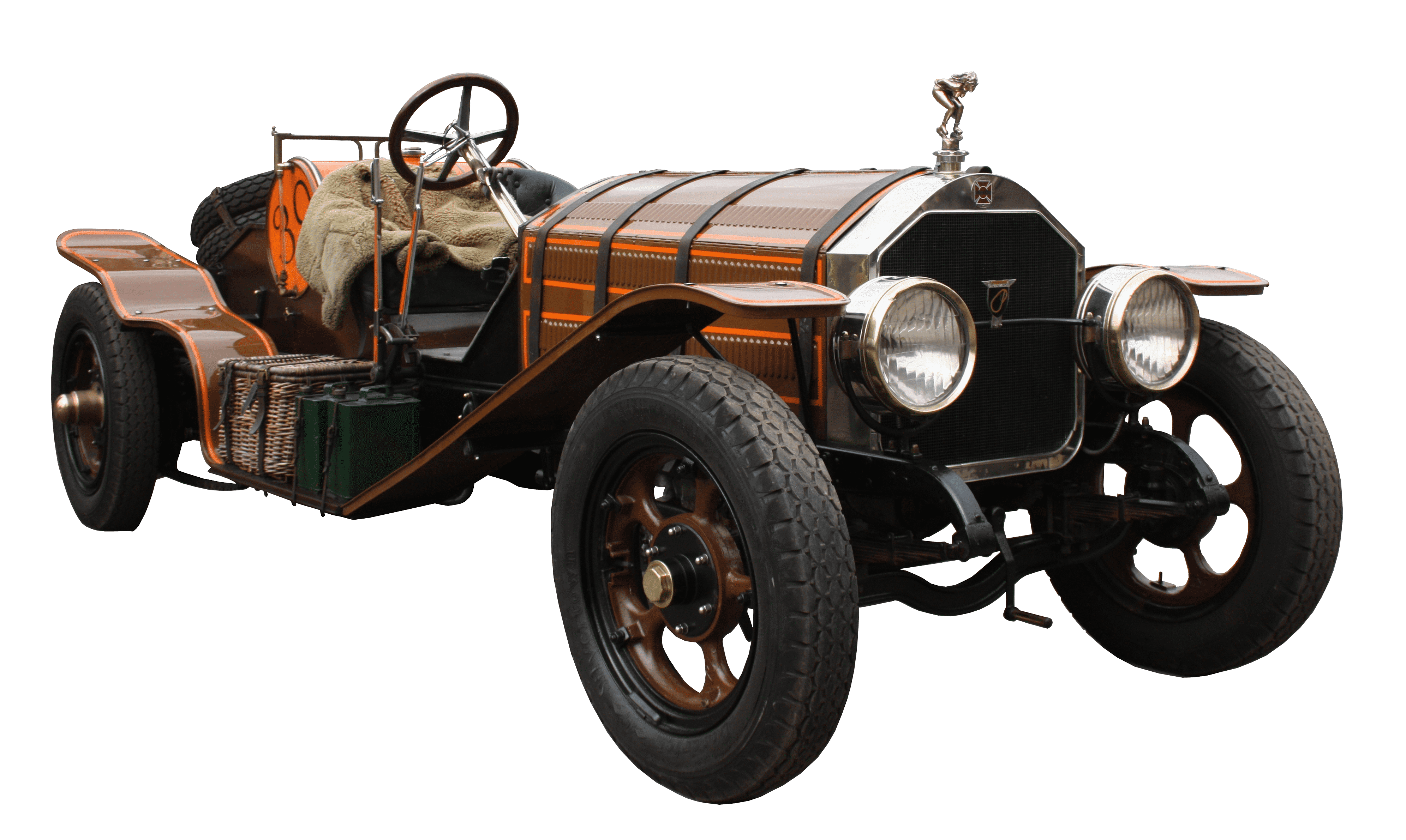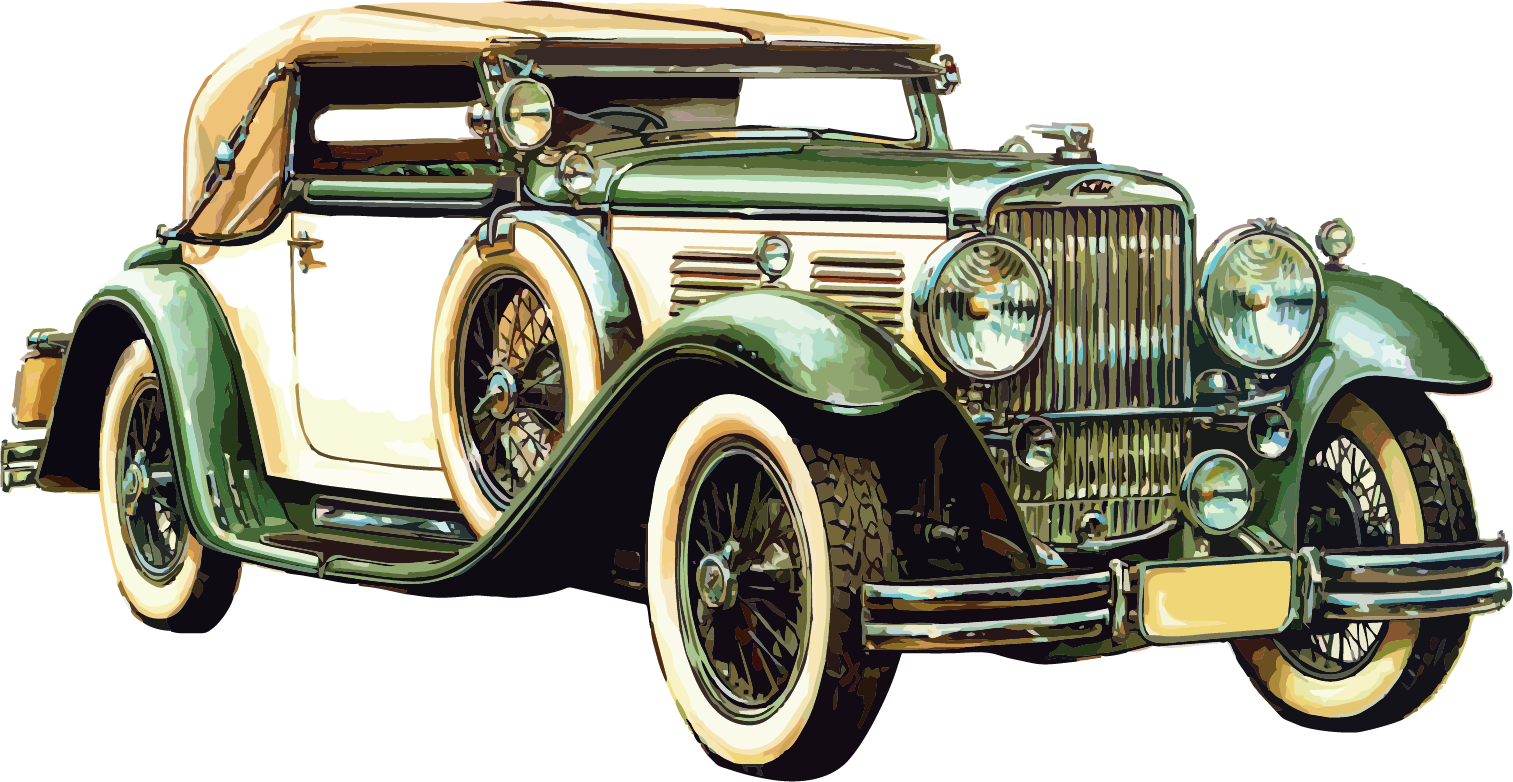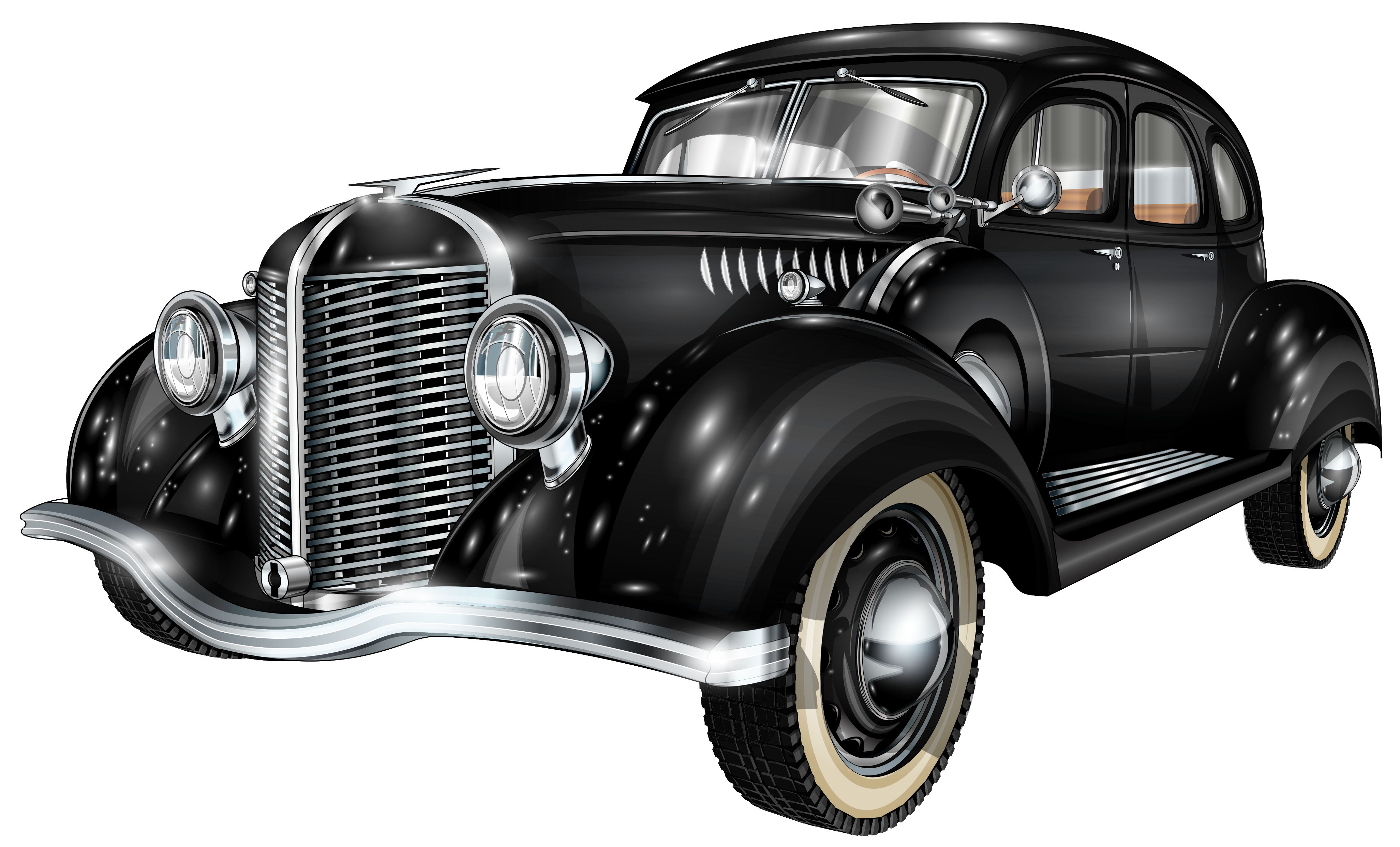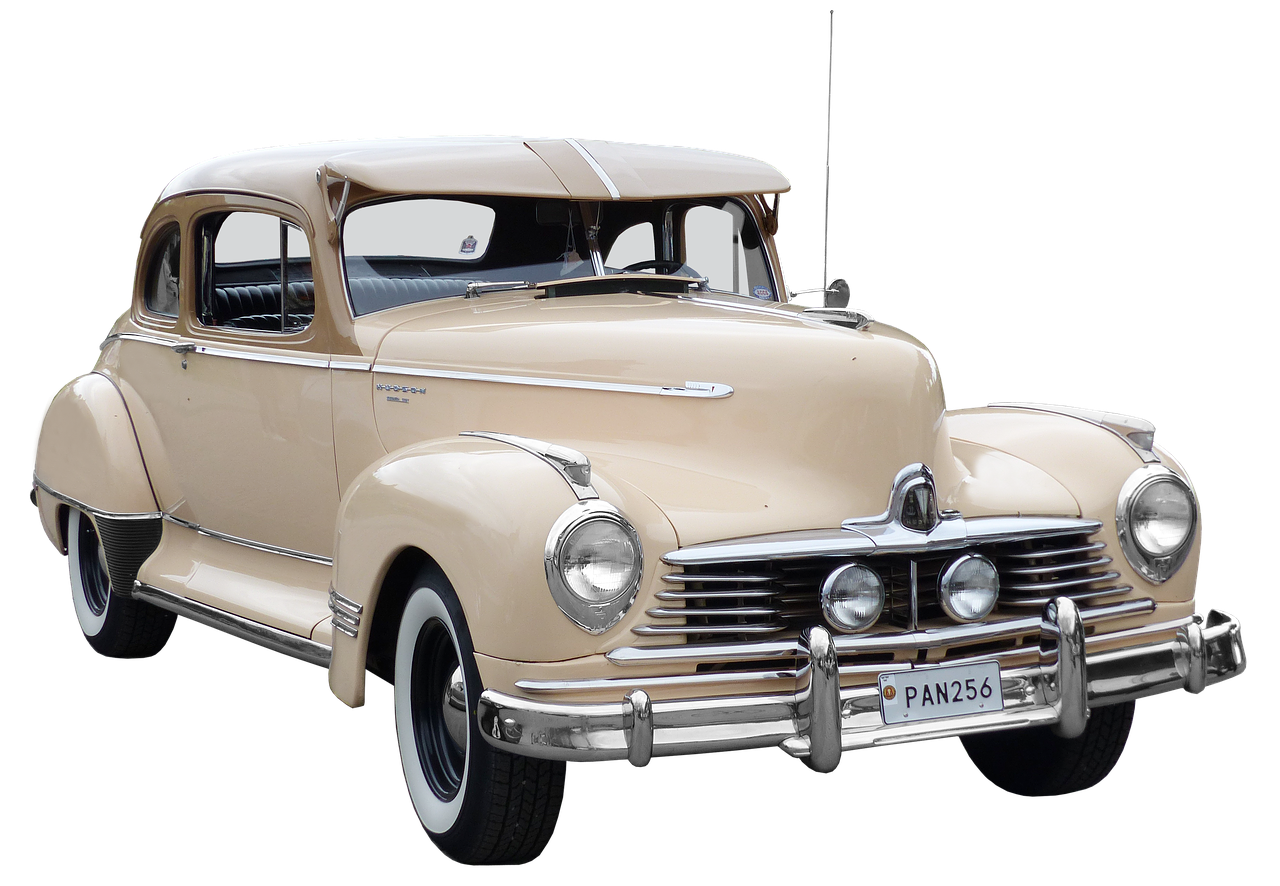Classic Car Gist
A classic car is an older car, typically 25 years or older, though definitions vary. The common theme is of an older car of historical interest to be collectible and tend to be restored rather than scrapped. Classic cars are a subset of a broader category of "collector cars"(which includes both restored classic cars vehicles and newer exotic vehicles). A subset of what is considered classic cars are known as antique cars (manufactured before 1980) or vintage cars (manufactured pre-World War II).[1]
Key Moments and Milestones in the Evolution of Classic Cars
The early 1900s: The birth of the automobile industry. Companies such as Ford, Buick, and Oldsmobile began producing cars on a large scale, making them more accessible to the general public.
The 1920s: The rise of the "Roaring Twenties." Cars became a symbol of prosperity and social status, with many models featuring sleek, art deco styling.
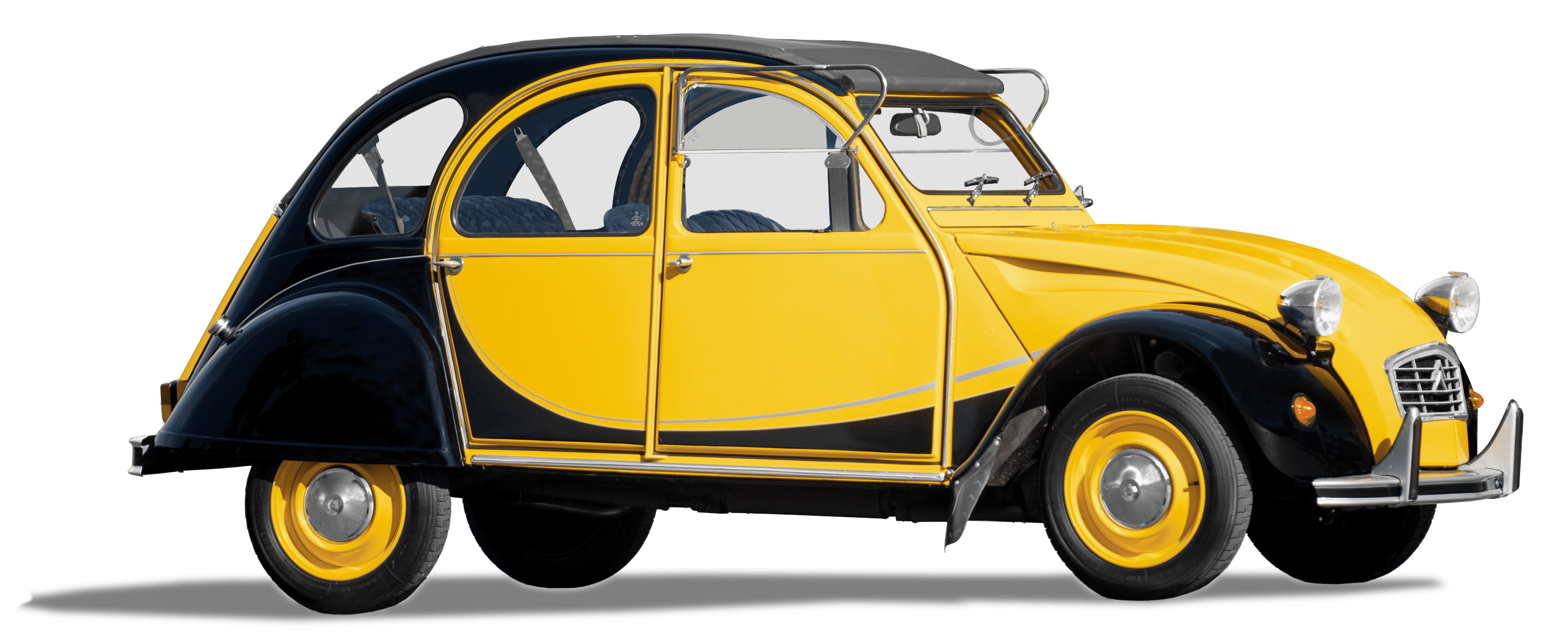
The 1930s: The Great Depression. The automobile industry was hit hard by the economic downturn, but companies such as Cadillac, Packard, and Lincoln continued to produce luxury cars for those who could afford them.
The 1940s: World War II. Production of civilian cars was halted as factories were retooled to produce military vehicles. After the war, car production resumed and many soldiers returning home purchased cars with their savings.
